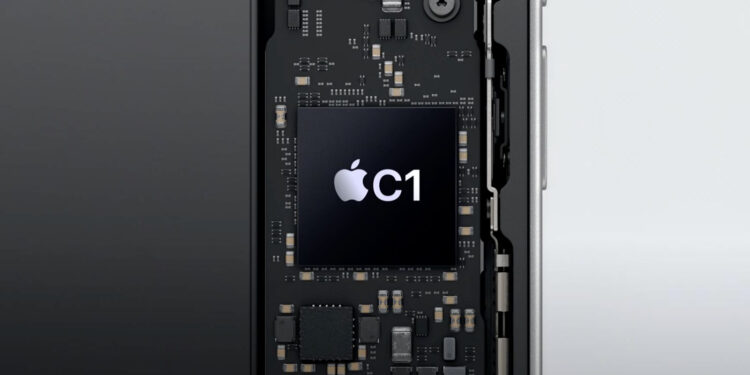Apple has taken a significant step with the introduction of the C1 modem. After years of development, the company is replacing Qualcomm's modem chips with its own 5G modem for the first time. The first iPhone with this new component is the iPhone 16e, a new entry-level model that replaces the previous iPhone SE series. The C1 chip is said to be particularly energy efficient and offer fast and reliable 5G connectivity. But the introduction of its own modem also raises questions. Why is Apple not using Qualcomm? What advantages does the new chip bring? And why is it only used in the iPhone 16e while the flagship models still rely on Qualcomm?
Apple has been working for years to become more independent of external suppliers. With the introduction of its own M chips for Macs, the company has already shown that it can successfully develop its own processors. Now, with the C1, a similar step is being taken for iPhones. The goal is clear: Apple not only wants to save costs by eliminating license fees, but also to better coordinate its own hardware with iOS and the other components. The C1 modem chip could influence the entire iPhone range in the long term. But for now, Apple is taking a cautious approach and is only testing the new technology in an entry-level model.
The C1 modem: Apple's first own 5G technology
What makes the C1 special?
The C1 is the first cellular modem developed by Apple and replaces the previously used Qualcomm chips. lifts Apple highlights the following advantages:
- Energy efficiency: According to Apple, the C1 modem is the most energy-efficient ever installed in an iPhone. Together with the optimized iOS 18 and Apple silicon, this should ensure better battery life.
- Optimization for Apple hardware: Because Apple has complete control over design and integration, the modem can work particularly well with other components.
- Fast and reliable 5G connections: Apple emphasizes that the C1 offers a high connection quality. How well it performs in everyday life remains to be seen.
The iPhone 16e is the first model to be equipped with the new C1 chip. Apple deliberately chose an entry-level model to initially test the new technology in a less risky environment. The flagship models iPhone 16 and iPhone 16 Pro continue to use Qualcomm modems.
Why Apple wants to replace Qualcomm
There are several reasons for the decision to develop our own modem.
- Costs: Qualcomm charges high licensing fees for the use of its modem chips. Apple can avoid these fees by developing its own chips.
- Independence: Apple does not want to become dependent on external suppliers and wants to retain control over all important components.
- Optimization: By using its own chips, Apple can better control integration into the iPhone ecosystem and thus improve efficiency and performance.
There have been attempts in the past to work with Intel as an alternative to Qualcomm. However, Intel modems were less powerful, which is why Apple ultimately took over Intel's modem business.
Challenges for Apple
Despite the advantages, Apple faces challenges. The quality and stability of 5G connections is crucial to the success of the C1. In the past, Qualcomm modems have proven superior, which is why Apple is now proceeding cautiously and only testing the new modem in a single model. Another problem could be time. Developing a powerful cellular modem is complex. Even if the C1 works well in the iPhone 16e, it remains to be seen whether it will become standard in all models in the next generation of iPhones. User feedback will be an important factor. If the C1 modem proves to be too error-prone or underperforming, Apple could continue to rely on Qualcomm - at least for the top models.
Apple relies on independence: The future of the C1 modem
With the C1 modem, Apple has taken an important step towards independence from Qualcomm. The company is focusing on better integration of the hardware, optimized energy efficiency and lower costs in the long term. However, it remains to be seen how the modem will perform in everyday use. The next iPhone generations will show whether Apple will further develop the C1 modem and use it in all models or whether the collaboration with Qualcomm will continue for a longer period. In any case, Apple has further expanded its control over its own hardware. (Image: Apple)





